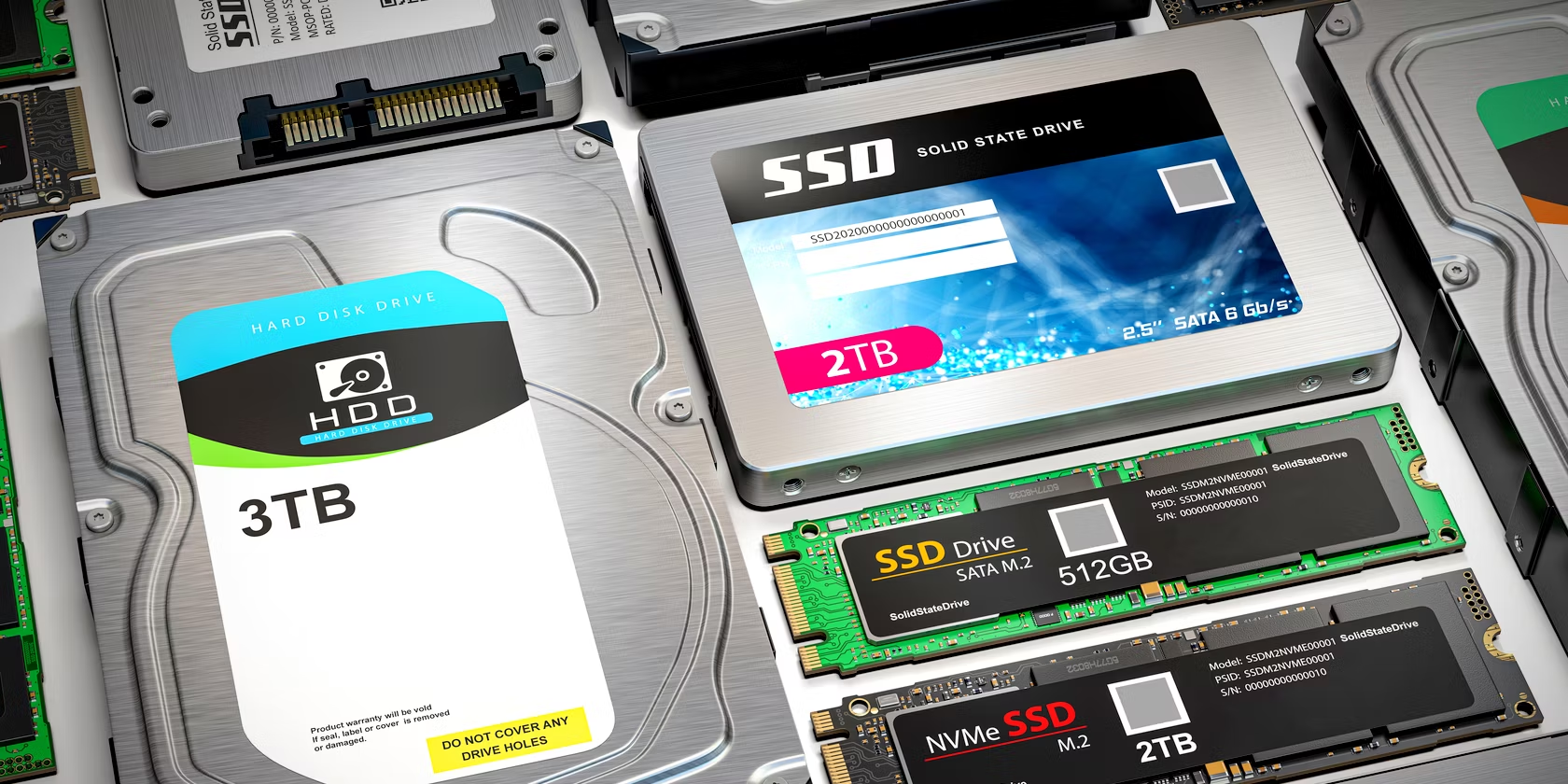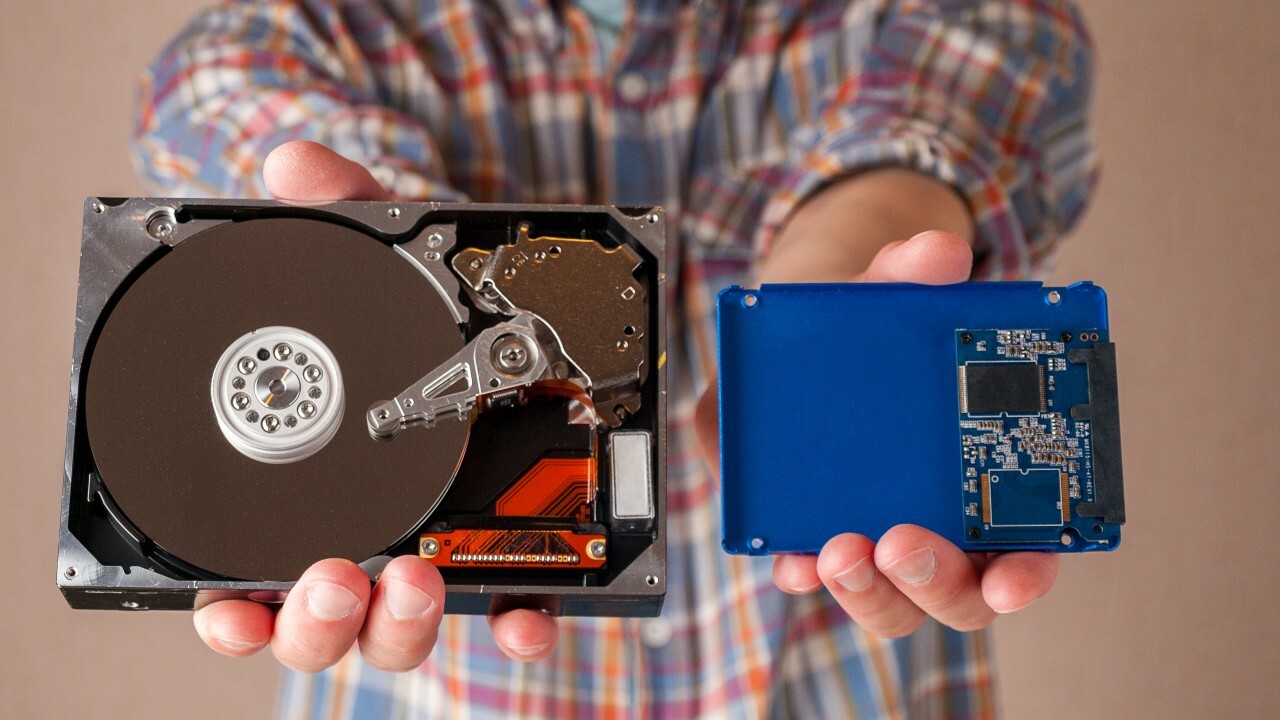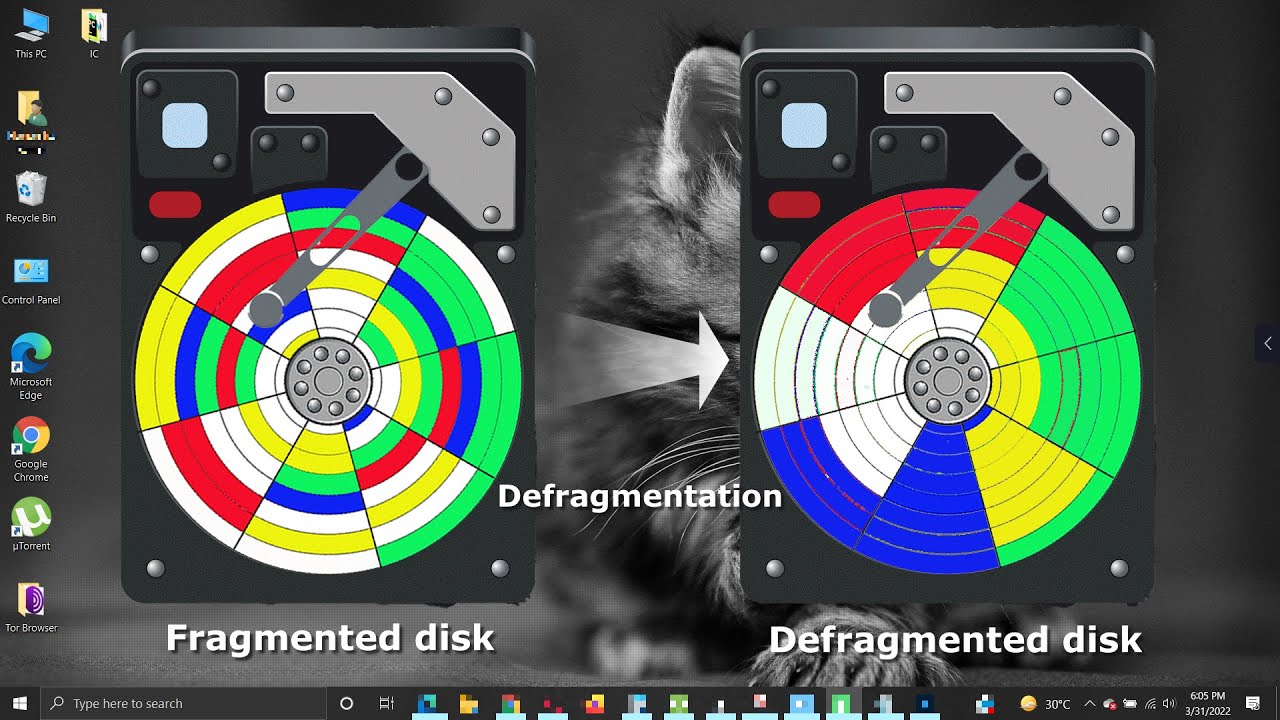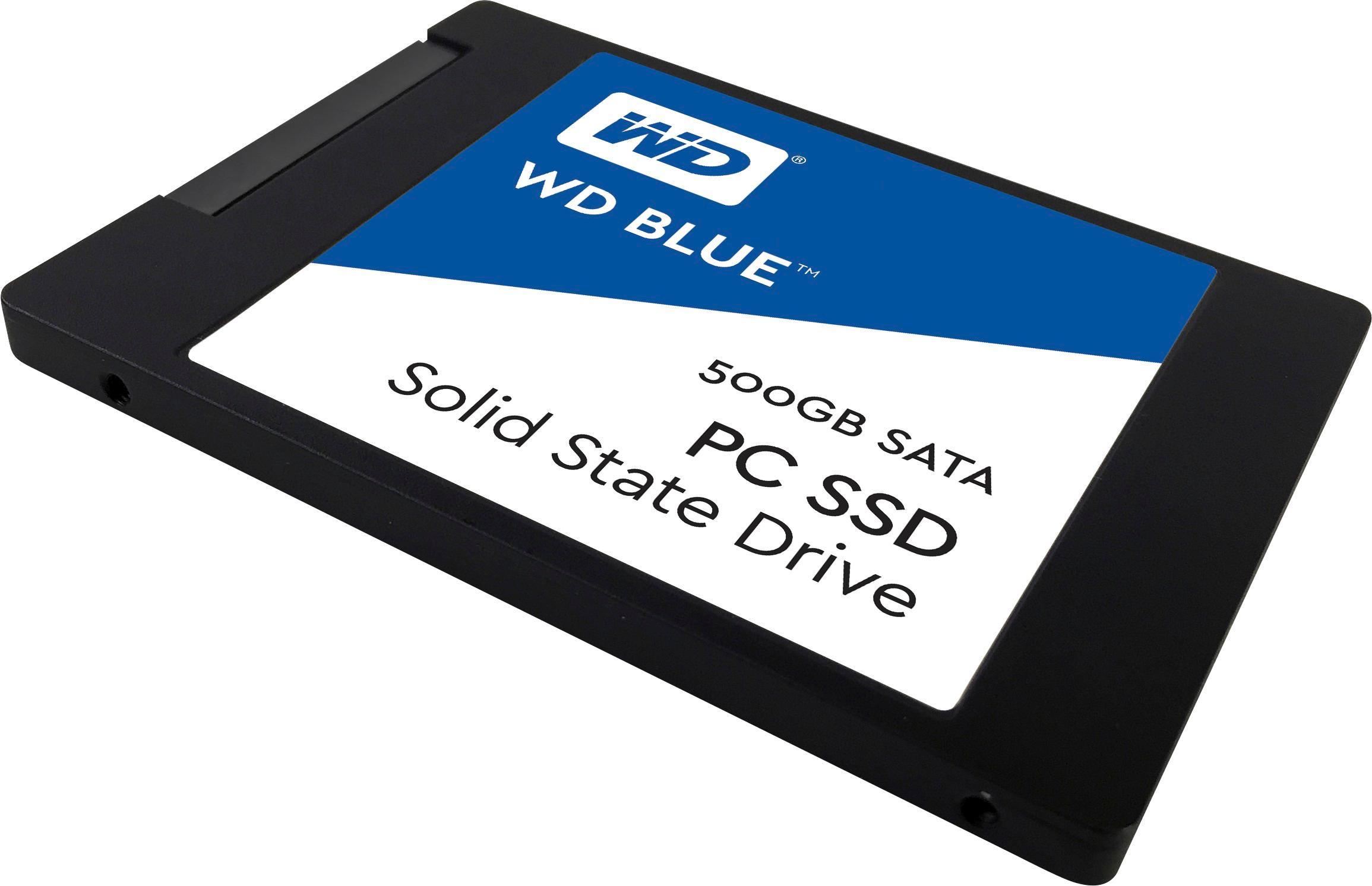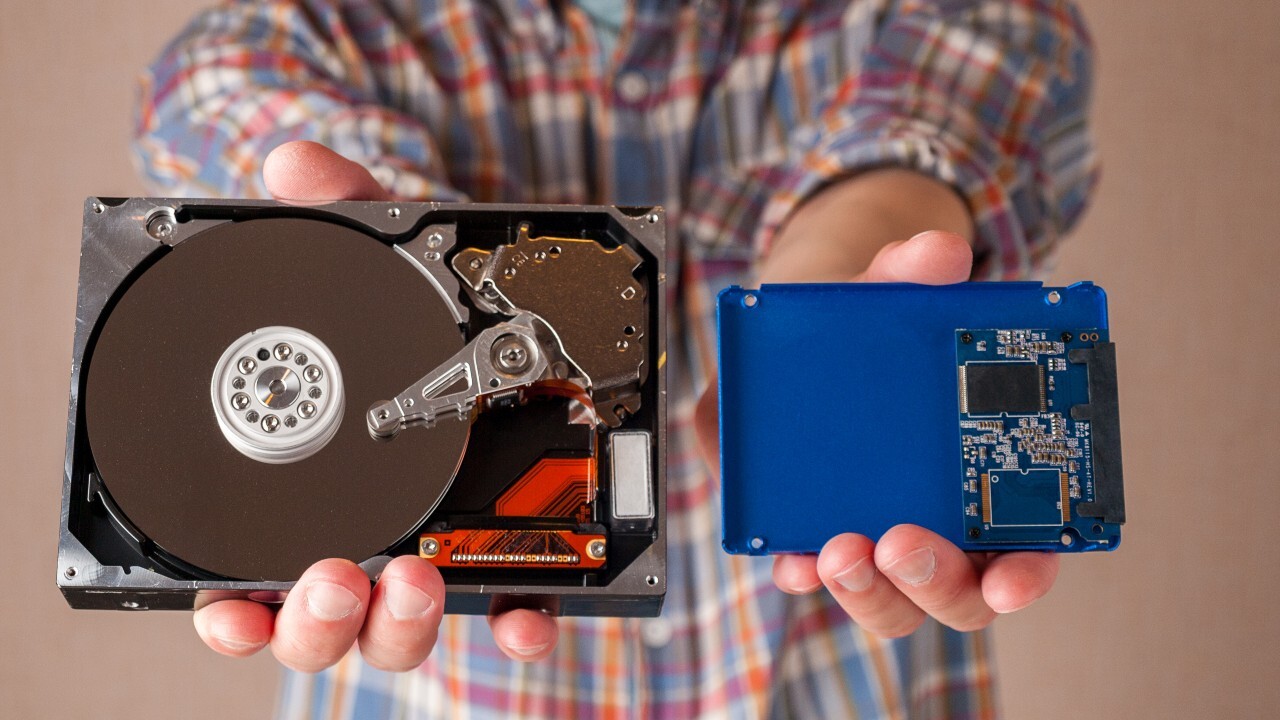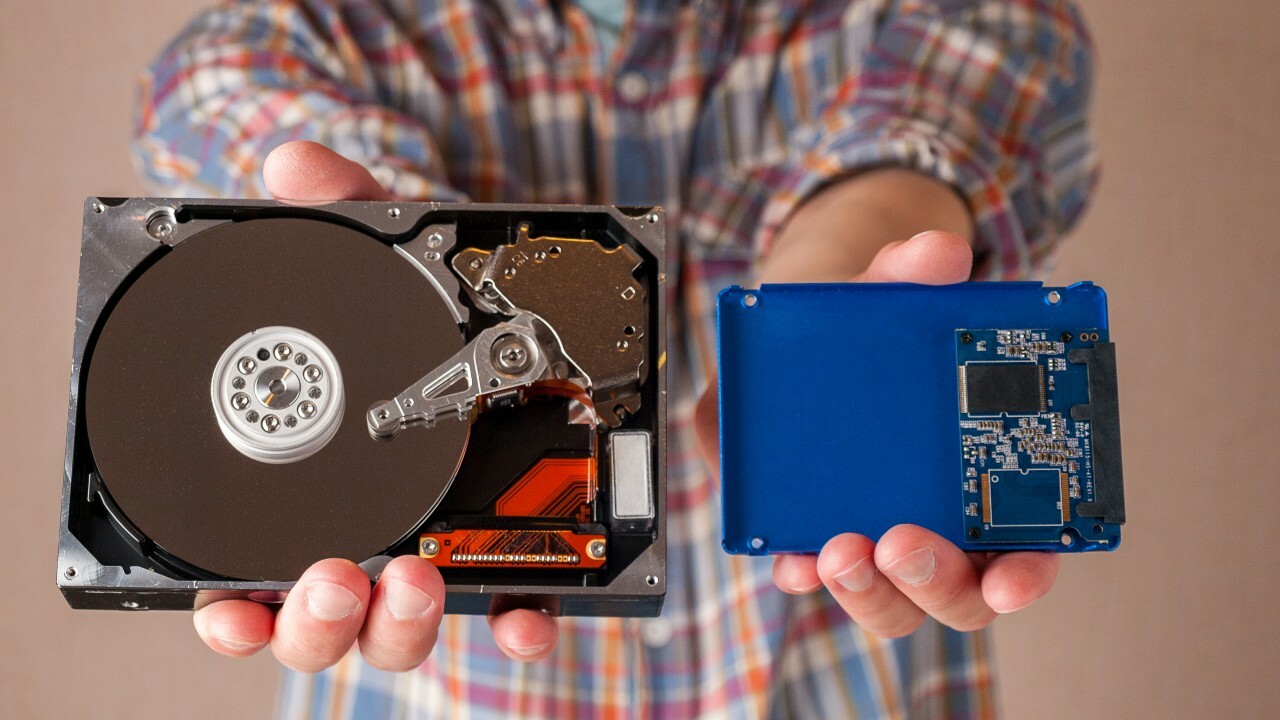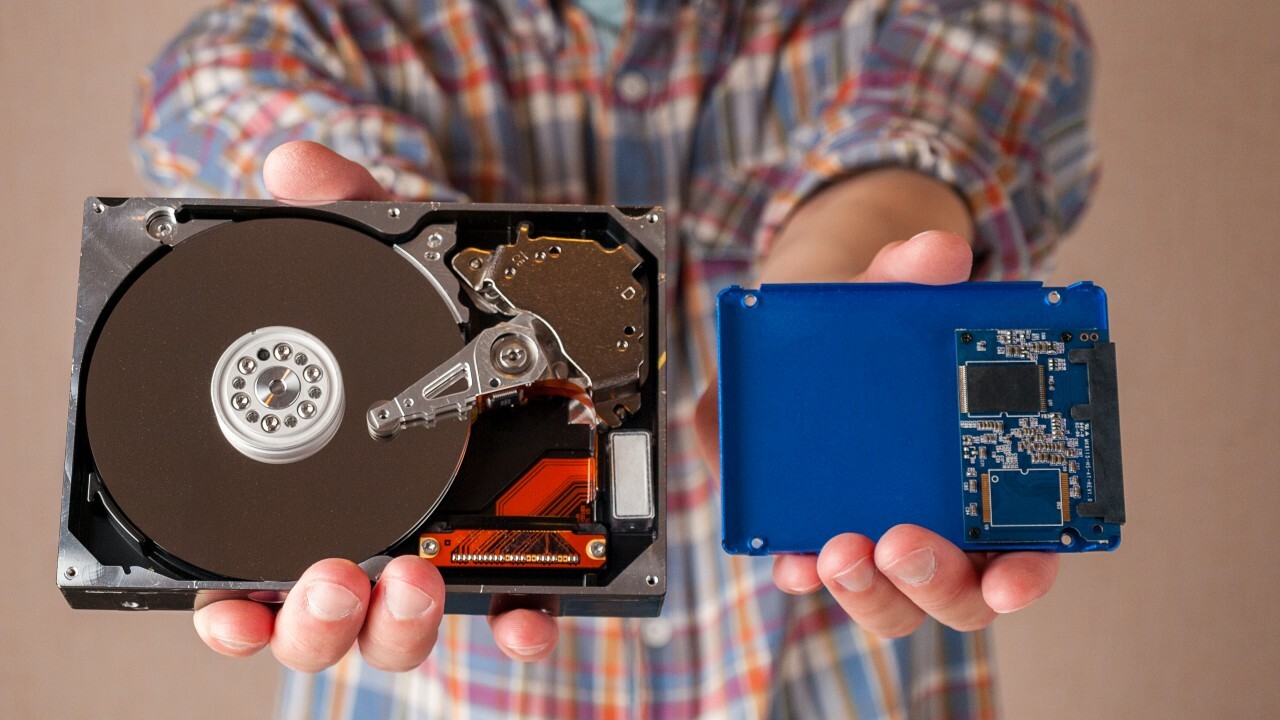Introduction
Defragmentation is a common practice in optimizing the performance of traditional hard drives. By rearranging fragmented data and organizing it into contiguous blocks, defragmentation can help improve access times and overall system speed. However, when it comes to solid-state drives (SSDs), the story is different.
SSDs are a type of storage device that have gained popularity in recent years due to their faster read and write speeds, lower power consumption, and increased durability compared to traditional hard drives. Unlike hard drives, SSDs use flash memory to store data, making the process of accessing and writing data significantly faster.
When it comes to defragmenting an SSD, the story changes. Unlike traditional hard drives, SSDs do not need defragmentation. In fact, defragmenting an SSD can have negative consequences and even shorten its lifespan.
So, what happens if you defrag an SSD? In this article, we will delve deeper into the world of defragmentation, discuss the differences between traditional hard drives and SSDs, explore the reasons why you should avoid defragmenting an SSD, and offer alternative ways to optimize SSD performance without the need for defragmentation. Let’s get started!
What is defragmentation?
Before we delve into the intricacies of defragmenting an SSD, let’s first understand what defragmentation actually means. Defragmentation is the process of rearranging fragmented files on a storage device so that they are stored in contiguous blocks. Over time, as data is written, modified, and deleted on a traditional hard drive, file fragments can become scattered across various sectors of the disk. This fragmentation can lead to slower read and write speeds, as the drive has to search for multiple fragments of a file to access it.
Defragmentation works by analyzing the file system and rearranging the fragmented files, so that they are stored in consecutive clusters on the hard drive. By doing so, the operating system can access files more efficiently, resulting in improved performance overall.
Traditionally, defragmentation has been a beneficial technique for optimizing the performance of hard drives. By reducing fragmentation, the system can access files more quickly and efficiently. However, when it comes to SSDs, the underlying technology and file access mechanisms are different, rendering defragmentation unnecessary and potentially harmful.
How does defragmentation work on traditional hard drives?
On traditional hard drives, the process of defragmentation involves scanning the entire drive for fragmented files and then rearranging them into contiguous blocks. This is done by moving the fragments of a file closer together on the disk, eliminating the gaps between them.
When a file is saved or modified on a hard drive, the operating system looks for empty spaces large enough to accommodate the entire file. If the space is not contiguous, the file is divided into fragments and stored in separate locations on the disk. As more files are added, modified, or deleted, the fragmentation increases, leading to longer access times as the drive has to search for multiple fragments to retrieve a file.
During the defragmentation process, the file system is analyzed to identify fragmented files. Then, the defragmentation software moves the fragments around, arranging them in consecutive clusters on the disk. This optimization allows the operating system to access files more efficiently, resulting in improved performance.
Defragmentation on traditional hard drives can be performed manually or scheduled to run automatically at specific intervals. Regardless of the method used, defragmentation plays a crucial role in maintaining the performance and stability of the drive over time. However, with the evolution of SSDs, the process of defragmentation becomes obsolete and even detrimental.
The difference between traditional hard drives and SSDs
To understand why defragmentation is unnecessary and potentially harmful for SSDs, it’s important to recognize the fundamental differences between traditional hard drives and SSDs.
Traditional hard drives, also known as hard disk drives (HDDs), consist of spinning platters coated with a magnetic material. Data is written and read using a mechanical arm with a read/write head that moves across the spinning platter. This physical movement introduces latency and limits the speed at which data can be accessed.
In contrast, solid-state drives (SSDs) use flash memory, a type of non-volatile memory technology. Flash memory retains data even when the power is turned off, making it ideal for storing information in portable devices. SSDs do not have any moving parts, allowing them to retrieve data nearly instantaneously. They utilize integrated circuits to store information and retrieve it electronically, significantly reducing access time and increasing overall performance.
One key aspect that sets SSDs apart from traditional hard drives is their handling of file storage. Unlike hard drives, SSDs do not store data in a random fashion across the drive. Instead, SSDs use a technique called wear-leveling, which distributes data evenly across memory cells to prevent excessive wear on individual cells. This wear-leveling algorithm ensures that data is evenly spread out throughout the drive, preventing the formation of physical fragmentation.
Additionally, SSDs have a limited number of writes per memory cell due to their nature. Each cell can only endure a certain number of write cycles before it starts to degrade. To prolong the lifespan of an SSD, wear-leveling algorithms distribute write operations across all available memory cells, avoiding excessive wear on any single cell. Therefore, defragmentation is unnecessary for SSDs as the wear-leveling process already ensures that data is stored optimally on the drive.
Understanding these differences highlights why the traditional practice of defragmentation, which aims to reduce physical fragmentation on hard drives, is not applicable or beneficial for SSDs. In fact, attempting to defragment an SSD can lead to undesired consequences and even shorten the lifespan of the drive.
Why you should not defrag an SSD
Defragmenting an SSD is not only unnecessary but can also have negative implications for the drive’s performance and lifespan. Here are the main reasons why you should avoid defragmenting an SSD:
1. No physical fragmentation: Unlike traditional hard drives, SSDs do not experience physical fragmentation. The flash memory used in SSDs allows for rapid and random access to data without the need for mechanical arm movement. Therefore, defragmenting an SSD will not provide any performance benefits as there are no fragmented files to rearrange.
2. Impact on drive lifespan: SSDs have a limited number of write cycles per memory cell. Defragmentation involves moving data around and rewriting it to different locations on the drive. This unnecessary rewriting of data puts extra stress on the memory cells, reducing their lifespan. The wear-leveling algorithm already optimizes data placement on the drive, so manually defragmenting an SSD will only contribute to unnecessary wear and potentially shorten its lifespan.
3. Storage capacity and efficiency: SSDs operate differently than traditional hard drives in terms of storage capacity management. The wear-leveling algorithm is designed to distribute write operations across all memory cells, preventing excessive wear on any single cell. Defragmenting an SSD can disrupt this natural distribution and lead to uneven wear on specific areas of the drive, resulting in reduced efficiency and potential data loss.
4. Risk of data loss: Defragmenting an SSD carries a risk of data loss or corruption. Since defragmentation involves moving and rewriting data, there is always a chance that errors or power outages during the process can result in data loss. This risk is particularly concerning considering that SSDs are commonly used in devices that store critical data, such as laptops and servers.
Given these factors, it is clear that defragmenting an SSD offers no tangible benefits and can actually be detrimental to its performance and lifespan. Instead, it is more important to focus on other optimization techniques that are specifically designed for SSDs.
Consequences of defragmenting an SSD
Defragmenting an SSD can have several negative consequences that can impact the performance and lifespan of the drive. Here are the key consequences of defragmenting an SSD:
1. Reduced performance: Contrary to its intended purpose, defragmenting an SSD can actually result in reduced performance. SSDs are designed to access data quickly and efficiently without the need for physical movement. When you defragment an SSD, you’re essentially causing unnecessary data movement and rewriting, which can introduce additional latency and hinder performance. Instead of improving performance, defragmenting an SSD can slow it down.
2. Increased wear and tear: As mentioned earlier, SSDs have a limited number of write cycles per memory cell. Defragmenting an SSD involves rewriting data to different locations on the drive, increasing the number of write operations. This excessive rewriting can accelerate the wear and tear on the memory cells, reducing the lifespan of the SSD. The wear-leveling algorithm already optimizes data placement, minimizing the need for manual defragmentation to prolong the drive’s lifespan.
3. Higher risk of data loss: Defragmentation introduces a higher risk of data loss or corruption on an SSD. The process involves moving and rewriting data, and any errors or power disruptions during this process can lead to data loss. Given that SSDs are commonly used in devices that store critical data, such as laptops and servers, jeopardizing data integrity through defragmentation should be avoided at all costs.
4. Inefficient storage utilization: SSDs utilize wear-leveling algorithms to distribute write operations evenly across all memory cells, ensuring efficient storage utilization. Defragmenting an SSD can disrupt this natural distribution and lead to uneven wear on specific areas of the drive. This can result in decreased overall efficiency, reduced storage capacity, and potential data loss.
Considering these consequences, it is evident that defragmenting an SSD is not only unnecessary but can also lead to adverse effects on performance, lifespan, and data integrity. Instead of defragmentation, SSD users should focus on alternative methods to optimize their drives without risking these negative consequences.
Impact on the lifespan of an SSD
The lifespan of an SSD can be significantly affected by defragmentation. While SSDs are known for their durability and longevity, defragmenting an SSD can potentially shorten its lifespan. Here’s how defragmentation can impact the lifespan of an SSD:
1. Increased write operations: Defragmentation involves moving and rewriting data across the SSD. This process can result in a higher number of write operations to the drive. Since each memory cell in an SSD has a limited number of write cycles, excessive write operations can lead to the wearing out of specific memory cells. This can shorten the overall lifespan of the SSD by reducing the available number of functional memory cells.
2. Wear-leveling disruption: SSDs utilize wear-leveling algorithms to distribute write operations evenly across all memory cells. This ensures that no particular cell is subjected to excessive wear. However, defragmenting an SSD can disrupt this natural distribution, causing uneven wear on specific areas of the drive. Over time, this uneven wear can degrade the performance and lifespan of the SSD.
3. Heat generation: Defragmentation can significantly increase heat generation in an SSD. As data is rewritten and moved around the drive, it leads to increased activity and, subsequently, increased heat production. Excessive heat can be detrimental to the components of an SSD and accelerate their degradation. This can reduce the lifespan of the drive and increase the risk of data loss.
4. Susceptibility to errors: The process of defragmentation involves handling massive amounts of data. Any errors or interruptions, such as power outages or system crashes, during a defragmentation process can result in data corruption or loss. This poses a significant risk to the integrity and longevity of the stored data on the SSD.
Given these factors, it is clear that defragmenting an SSD can have a negative impact on its lifespan. The wear and tear caused by excessive write operations, disruption of wear-leveling algorithms, increased heat generation, and the risk of data errors all contribute to the reduction in the overall lifespan of the SSD. Therefore, it is strongly advised to avoid defragmenting an SSD and focus on alternative methods to optimize its performance and longevity.
Alternatives to defragmentation for optimizing SSD performance
While defragmentation is not recommended for SSDs, there are alternative methods to optimize the performance of these drives. Here are some alternatives to defragmentation that can help enhance the performance of your SSD:
1. Trim command: The Trim command is a feature supported by most modern operating systems and SSDs. It helps improve performance by allowing the operating system to inform the SSD about the blocks of data that are no longer in use. This enables the SSD to proactively erase and optimize those blocks, making them ready for new data to be written. Enabling TRIM on your SSD helps maintain its performance by preventing unnecessary write operations and keeping the drive’s performance levels consistent.
2. Update firmware: SSD manufacturers periodically release firmware updates for their drives. These updates often include performance optimizations and bug fixes that can enhance the overall performance and stability of the SSD. Keeping your SSD’s firmware up to date is an essential step in optimizing its performance and ensuring compatibility with the latest technologies and operating systems.
3. Enable drive-specific optimizations: SSDs often come with software or utility tools provided by the manufacturer that allow you to optimize the drive’s performance. These tools may include features such as caching mechanisms, power management settings, and drive-specific optimizations. Take the time to explore and utilize these tools to get the most out of your SSD and tailor its performance to your specific needs.
4. Disable unnecessary services and features: SSDs are designed to offer fast and efficient performance, but certain settings on your computer may impact their performance. Disabling unnecessary services, such as disk defragmentation schedules, indexing, and system restore points, can reduce unnecessary write operations and improve the overall performance of your SSD.
5. Regularly update your operating system and drivers: Keeping your operating system and device drivers up to date can help ensure compatibility and maximize the performance of your SSD. Updates often include optimizations and bug fixes that can improve the efficiency and functionality of both the operating system and the SSD.
By implementing these alternatives, you can optimize the performance of your SSD without resorting to defragmentation. These methods focus on efficiently managing data, updating firmware, leveraging drive-specific features, and ensuring system compatibility. Implementing these practices will help you maintain and enhance the performance of your SSD for longer periods of time.
Conclusion
In conclusion, defragmenting an SSD is unnecessary and can have detrimental effects on its performance and lifespan. Unlike traditional hard drives, SSDs do not experience physical fragmentation due to their different underlying technology and storage mechanism. Defragmenting an SSD may cause reduced performance, increased wear and tear, higher risk of data loss, and inefficient storage utilization.
Instead of defragmentation, there are alternative methods to optimize SSD performance. Enabling the Trim command, updating firmware, utilizing drive-specific optimizations, disabling unnecessary services and features, and keeping the operating system and drivers up to date are effective ways to enhance the performance of SSDs without the drawbacks of defragmentation.
It’s important to understand the unique characteristics of SSDs and adjust optimization strategies accordingly. By following these alternative methods, users can maintain the performance, extend the lifespan, and ensure the reliability of their SSDs while enjoying the benefits of fast and efficient storage.







